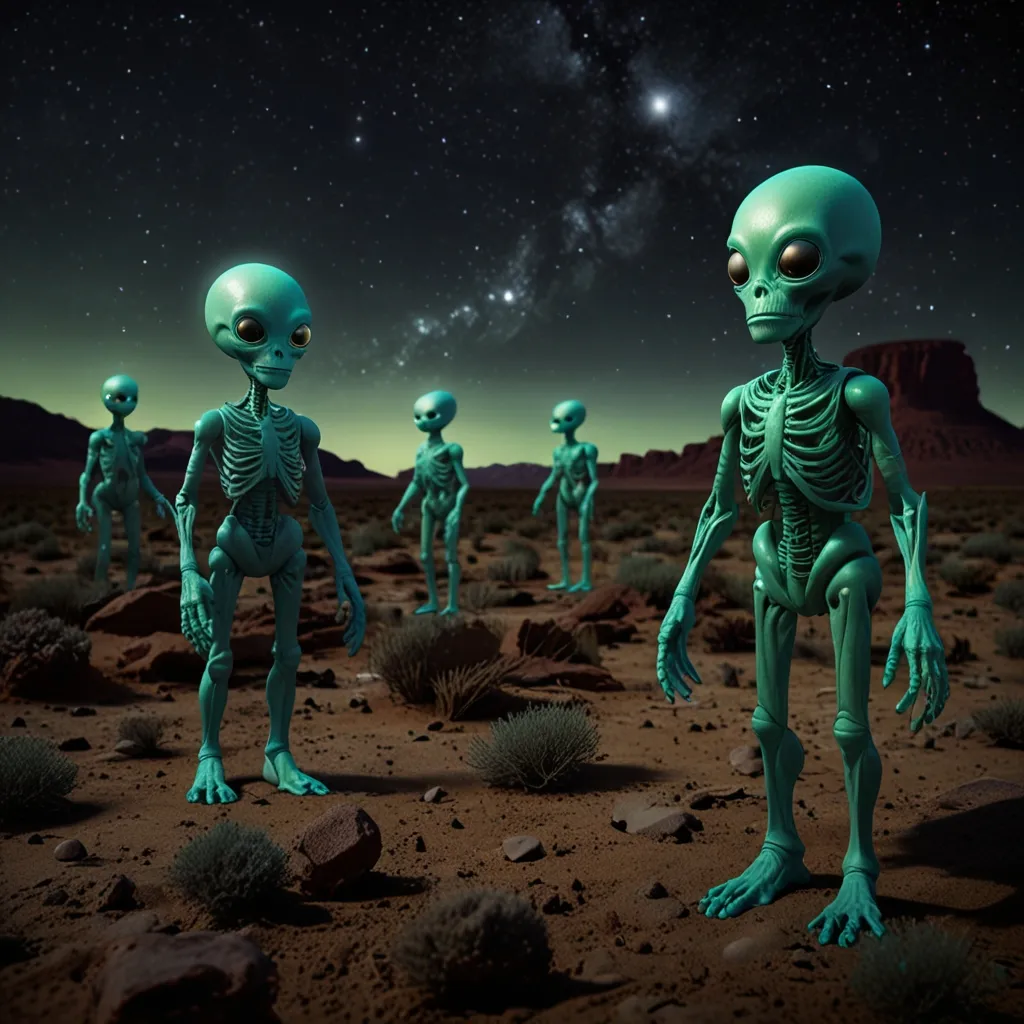When contemplating the existence of alien life, I believe it’s quite plausible that microbial forms like bacteria and molds exist elsewhere in the universe. Our own solar system could host such life, potentially beneath the icy surface of Jupiter’s moon, Europa. However, complex, intelligent life forms such as mammals and birds are likely rare, and beings as advanced as humans could be exceptionally scarce.
Often, depictions of aliens in media present them as humanoid, which raises skepticism. The reality of alien appearances is likely far removed from anything we recognize. Environmental and evolutionary differences would result in vastly different forms, potentially making them unrecognizable as life. If aliens visited us, their appearance would be shaped by unique evolutionary paths and conditions that bear no resemblance to Earth.
To understand what life on other planets may entail, we can start with the raw materials that form life. The universe is composed predominantly of hydrogen, helium, oxygen, and other elements similar to those in our solar system. On Earth, the key element of life is carbon. Carbon’s ability to form stable, complex molecules like DNA has made it indispensable for life as we know it. Silicon, despite being abundant and similar to carbon, lacks the necessary chemical stability and reactivity for developing complex life forms.
Life on Earth also universally uses water as a solvent and relies on adenosine triphosphate (ATP) for storing and releasing energy. Water’s abundance and properties make it an ideal solvent, and life’s presence wherever water exists supports the theory that water-based life could be common in the universe.
An Earth-like planet, situated in the habitable zone of a star, might host life forms with familiar biological features. For instance, life might use light for energy or feed on other organisms. Complex organisms could evolve sensory mechanisms, like eyes, which have independently emerged in various Earthly lineages. These hypothetical eyes might detect different wavelengths, leading to varied perceptions of the environment.
Advanced, intelligent life forms would need significant brain capacity, methods of learning and communication, and physical means to interact with their surroundings. Tools and structures essential for civilization could be built with manipulatory limbs—maybe not fingers, but structures like prehensile tentacles.
Land-based environments might favor the development of advanced technology, as creatures can harness fire and light, crucial for the evolution of intelligence and civilization. Marine environments, while capable of hosting complex life, might not provide the same evolutionary drive towards higher intelligence, partly due to the limitations of light and energy in deep waters.
Speculations about technologically advanced aliens suggest they would likely inhabit land and might descend from predators, given the correlation between predation and intelligence evolution. Over time, selection would refine the efficiency of body plans, weeding out impractical designs.
Intelligence, however, isn’t a guaranteed evolutionary outcome. While microbial life might be widespread, complex intelligence appears contingent on numerous factors, including environmental stability, planetary conditions, and chance genetic mutations. This means that intelligent life like ours may be a fluke, an accident of evolutionary circumstance.
We might also envisage encountering non-biological entities, such as advanced machines or probes sent by other civilizations. These silicon-based intelligences might be our first contact with alien life, aligning with certain predictions about our own future space exploration.
In conclusion, while the idea of “little green men” is a captivating notion, true alien encounters, if they ever happen, would likely introduce us to life forms entirely unlike ourselves, shaped by vastly different evolutionary journeys.






